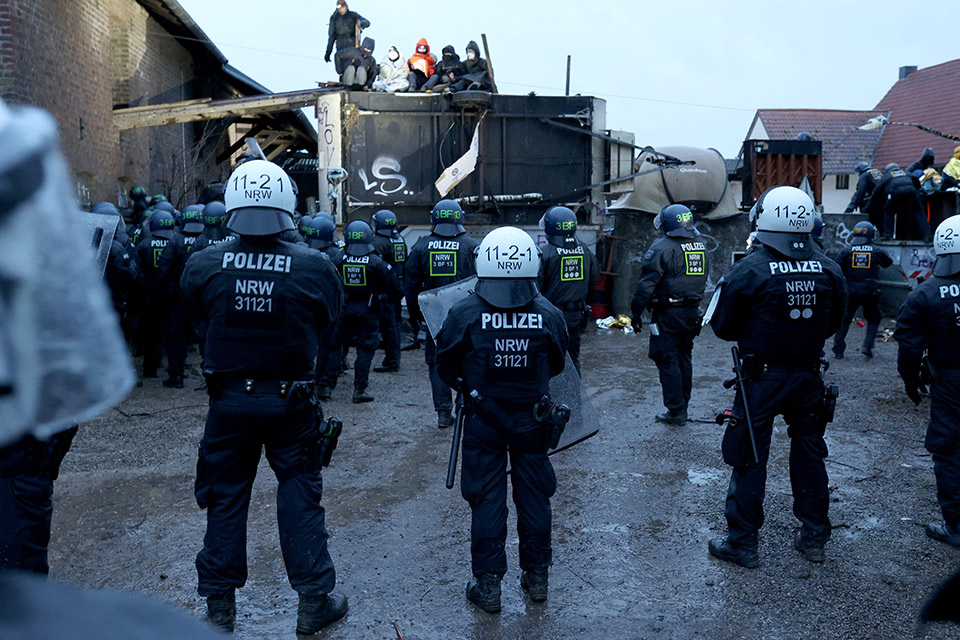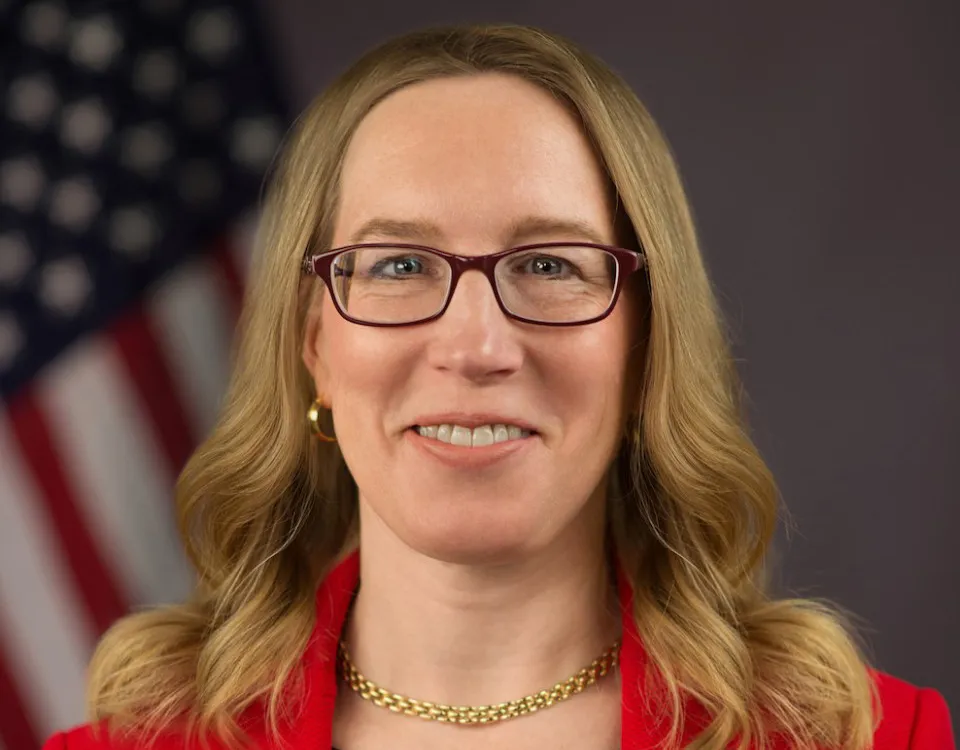When HSBC announced that it would no longer provide new finance or advisory services to any client for the specific purpose of financing new oil and gas projects last December, there was hope that this would trigger similar policy updates at many other fossil-fuel financing banks.
“HSBC’s announcement sends a strong signal to fossil-fuel giants and governments that banks’ appetite for financing new oil and gas fields is diminishing,” said Jeanne Martin, ShareAction’s head of banking programme, at the time. “It sets a new minimum level of ambition for all banks committed to net zero. We urge major banks like Barclays and BNP Paribas to follow suit.”
Europe’s big banks have been following each other’s energy sector strategies for some time, studying how competitors choose to address their clients’ transition plans, energy security and rising prices, as well as how they deal with public scrutiny of decarbonizing the energy sector.
In the first eight months of 2022, the number of banks announcing asset finance restrictions on new oil and gas fields doubled. Then everything went rather quiet
ING was a frontrunner, announcing upstream restrictions in March 2022, just one month after Russia invaded Ukraine. The Dutch bank said it would no longer provide dedicated upstream finance (lending or capital markets) for oil and gas fields approved for development after December 31, 2021.
In the first eight months of 2022, the number of banks announcing asset finance restrictions on new oil and gas fields doubled. UK lender Lloyds and Spanish bank BBVA both made pledges, while Crédit Agricole CIB opted for a half-step with its exclusion of new oil field exploration projects in December.
Then everything went rather quiet. There have been a couple of announcements from banks in the first quarter of 2023, but those do not include upstream exclusions.
Barclays has said that it will stop directly financing new oil sands exploration, production, or processing and restrict finance to companies that generate more than 10% of their revenues from these activities from July onwards.
The bank says it will not directly finance new oil sands pipelines but could still finance companies that own and operate such pipelines.
Keep supply flowing
One point on which the banks are certainly aligned is maintaining financing support to their energy clients. This is justified by the International Energy Agency’s (IEA) net-zero (NZE) scenario analysis, which confirms the need for continued financing and investment in existing oil and gas fields to maintain necessary output.
To meet the IEA’s NZE scenario, 2020 financing levels need to be maintained through to 2030, it claims.
IEA data shows that global energy investments in 2020 totalled $1.93 trillion, of which $680 billion was in coal, oil, gas and low-carbon fuel supply.
That figure rose to $794 billion in 2021, and $852 billion in 2022, though the IEA states that “investment in oil, gas, coal, and low-carbon fuel supply is the only area that, in aggregate, remains below the levels seen prior to the pandemic in 2019.”
HSBC for example, writes that it will “continue to provide finance to clients keeping oil and gas flowing to meet current and future (declining) global demand, with engagement on the transition vital to ensure companies decarbonize and diversify their energy supply, production and business models.”
It is tough for banks to guarantee that general corporate lending won’t indirectly fund activities that they want to distance themselves from. There have been some instances where corporate lending has been linked to coal, oil and gas expansion recently.

HSBC, Barclays, and Santander were all involved a recent $340 million loan to German energy firm RWE, which is embroiled in the controversial expansion of the Garzweiler coal mine in that country.
Another example is French petroleum company TotalEnergie’s East African crude oil pipeline. Although its French banking partners, such as BNP Paribas and Crédit Agricole, have confirmed they will not be funding the project, it is less clear how general corporate lending is allocated across the company’s multiple business lines.
Banks could make stronger demands that clients align transition pathways to the bank’s own emissions-reduction objectives. ING, for example, expects to reach a 12% reduction in absolute C02 emissions of its oil and gas book by 2025. It will reduce funding to upstream oil and gas by 12% by 2025, and 19% by 2030.
BNP Paribas has also updated its targets and committed to reduce outstanding financing for oil extraction and production by a quarter by 2025, indicating a growing focus on transition pathways for its energy loan books.
Creating incentives
The IEA stipulates that excluding projects already committed to as of 2021, there is no need for new oil and gas fields if the world is to follow the 1.5-degree pathway. Nor are new coal mines or mine extensions required.
Having made record-breaking profits in 2022, some of the integrated oil and gas firms seem less than eager to transition away from this business. They point to the need for fossil-fuel energy sources to stabilize prices as justification for slamming the brakes on transition plans.
BP, for example, announced in 2020 that it would cut emissions by as much as 40% by 2030.
A more recent strategy update indicates that it aims to increase investment in resilient, high-quality oil and gas projects by a cumulative $8 billion by 2030 to meet near-term demand for secure supplies of oil and gas and to “generate additional earnings that can further strengthen BP and support investment in its transition”.
The firm recorded profits of $60.7 billion last year.
Likewise, TotalEnergies has said: “The reality of our world is that oil demand continues to grow and that we need to face it.”
Until regulatory and governmental incentives drive low-carbon alternatives, nothing will change. It is more difficult for these firms to obtain permits and legislative approval to create additional low-carbon projects than to expand production levels of existing brown assets.
Often only 15% to 20% of capex at these organizations goes to renewable projects, although BP invested $4.9 billion, around 30% of its total $16.3 billion capex spend into its transition growth engines last year.
TotalEnergies says it will allocate $5 billion to low-carbon energies and $4.5 billion to hydrocarbons in 2023.
There is only so much that restrictive bank strategies can do while this situation persists.
Banks are working to reduce their exposure to fossil fuels in the long term by excluding certain classes of project finance. But, in the short term, the impact of those policies can only be as great as the oil and gas firms’ own commitments to transition.




